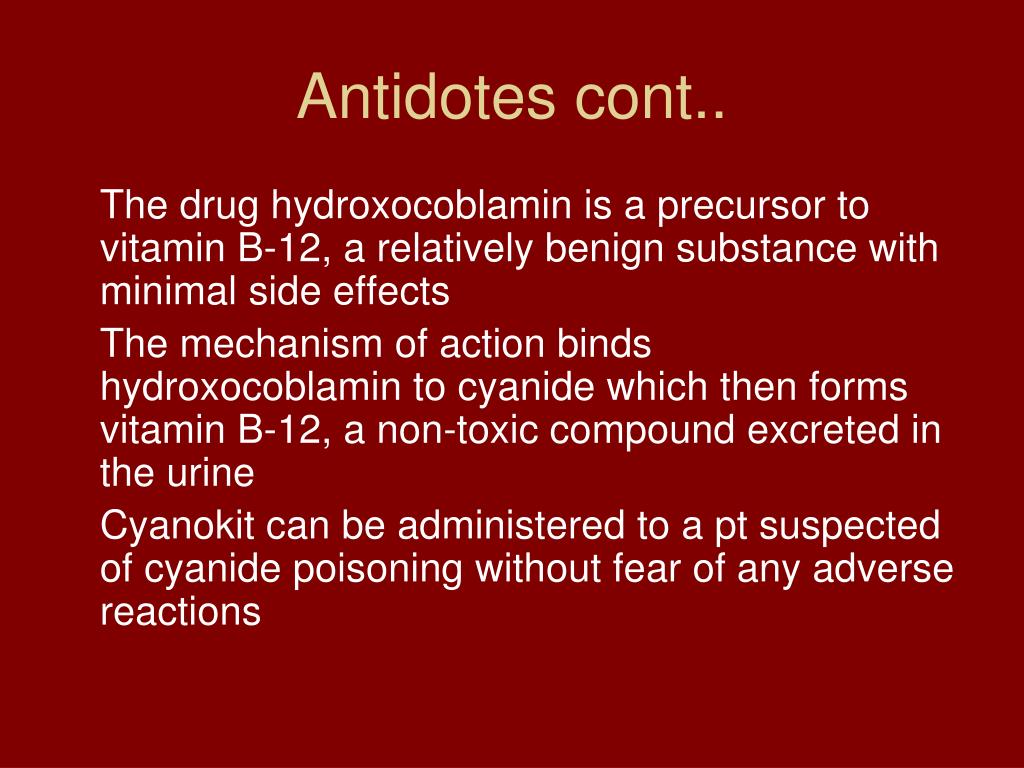

Patients not on warfarin therapeutically can be given 10 mg of vitamin K1 and repeat INRs as an outpatient. All patients should have regular INR measurements (6-hourly) to catch rapid rises. Patients intentionally overdosing on warfarin can be classified into three groups based on preexisting indications for warfarin: nontherapeutic, moderate risk, and major risk for thromboembolic complications. This patient did not require anticoagulation, and regular warfarin therapy was recommenced after 4 days. In a third patient serial INR, factor levels and warfarin concentrations were measured, and incremental doses of vitamin K (up to 7.5 mg) were given based on INR. Both required anticoagulation, and in one, warfarin resistance persisted for 2 weeks. Two patients received a single 10-mg dose of vitamin K. The objective of this study was to describe warfarin overdoses and complications of treatment and develop a safe approach to management.


Untreated patients have a significant bleeding risk, but treatment carries a significant risk of complete reversal of anticoagulation and consequent risk of thrombosis. The management of warfarin overdose is usually complicated by the patient using warfarin therapeutically, often for a mechanical heart valve or pulmonary embolus prophylaxis. There are few reported cases of intentional overdose. Warfarin toxicity is common and usually results from dose changes or drug interactions.


 0 kommentar(er)
0 kommentar(er)
